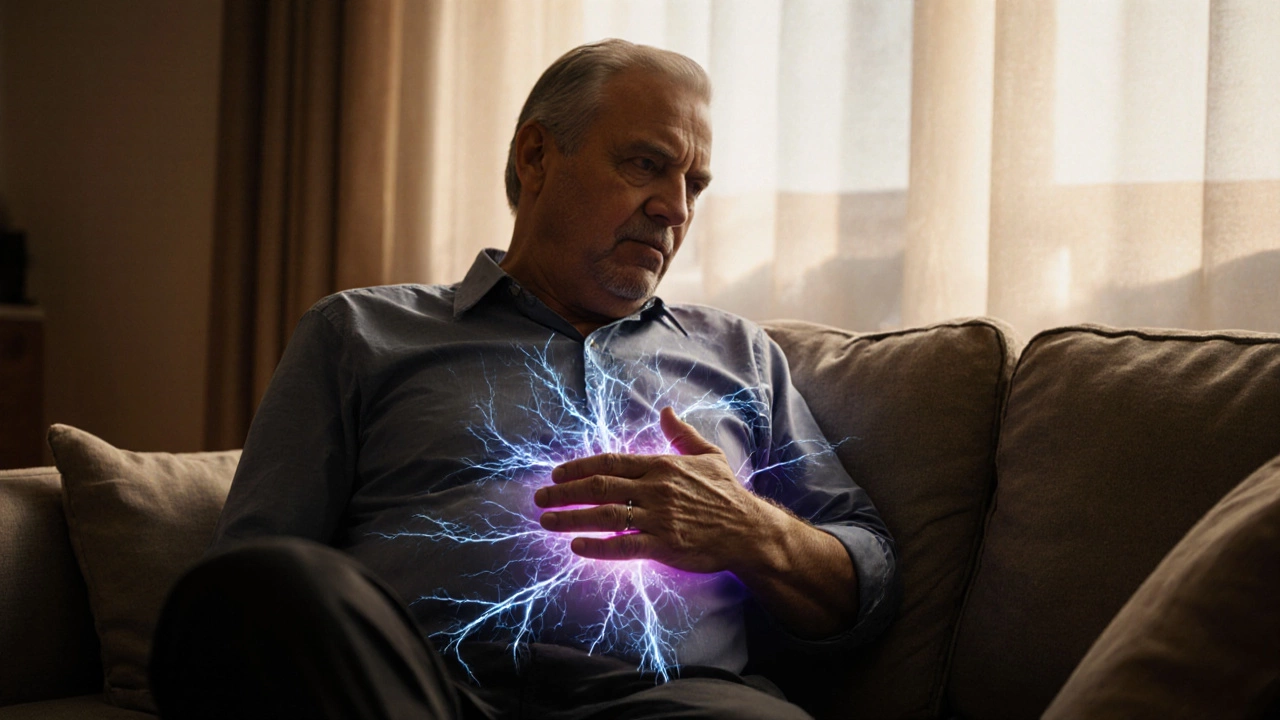Non-Opioid Pain Relief: Safe, Effective Alternatives for Chronic and Acute Pain
When you’re dealing with pain that won’t quit, non-opioid pain relief, any method to reduce pain without using opioid medications like oxycodone or hydrocodone. Also known as non-narcotic pain management, it’s not just a backup plan—it’s often the smart first move for long-term safety and function. Opioids carry serious risks: addiction, tolerance, overdose. But you don’t need them to feel better. Millions of people manage everything from back pain to arthritis with non-opioid options that actually work—without the danger.
One major category is over-the-counter painkillers, medications like ibuprofen, acetaminophen, and naproxen that are available without a prescription. These aren’t weak fixes. Studies show ibuprofen can be just as effective as low-dose opioids for dental pain or post-surgery discomfort. Then there’s topical treatments, creams, gels, or patches applied directly to the skin over sore areas. Capsaicin patches, lidocaine gels, and even menthol rubs can block pain signals before they reach your brain. No pills. No stomach upset. Just targeted relief.
And it’s not just about pills and creams. chronic pain management, a holistic approach to reducing long-term pain through physical, mental, and lifestyle strategies. includes things like physical therapy, acupuncture, and even mindfulness. People with knee osteoarthritis who did 12 weeks of strength training reported less pain than those who only took pills. Your body heals better when you move it right. Sleep matters too. Poor sleep makes pain feel worse—fix that, and you often reduce your need for meds.
Even natural pain relief, non-pharmaceutical methods like heat therapy, cold packs, massage, or dietary changes that support inflammation reduction. has science behind it. Omega-3s from fish oil can lower inflammation markers as effectively as some NSAIDs. Turmeric? Yes, but only if you get the right dose and form. These aren’t magic—just tools. Used wisely, they stack up.
What you’ll find in the posts below aren’t guesses or fluff. They’re real, practical answers from people who’ve been there. You’ll see how people cut their pill use after trying radiofrequency treatments for back pain. You’ll learn why some pain tablets work better than others—and which ones to avoid. You’ll find out how to tell if your moisturizer is helping your nerve pain (yes, that’s a thing). And you’ll get no-nonsense advice on when to push harder and when to rest.
This isn’t about avoiding opioids because they’re bad—it’s about knowing you have better, safer choices. Whether you’re managing daily aches or recovering from surgery, you don’t have to suffer through side effects or fear dependence. The tools are here. The info is real. Let’s get you moving, feeling, and living without the risk.

Top Pain Relief Option: The #1 Treatment for Chronic Pain
Explore the top chronic pain relief treatment, compare options, and learn how to choose the safest, most effective solution for lasting comfort.
© 2025. All rights reserved.